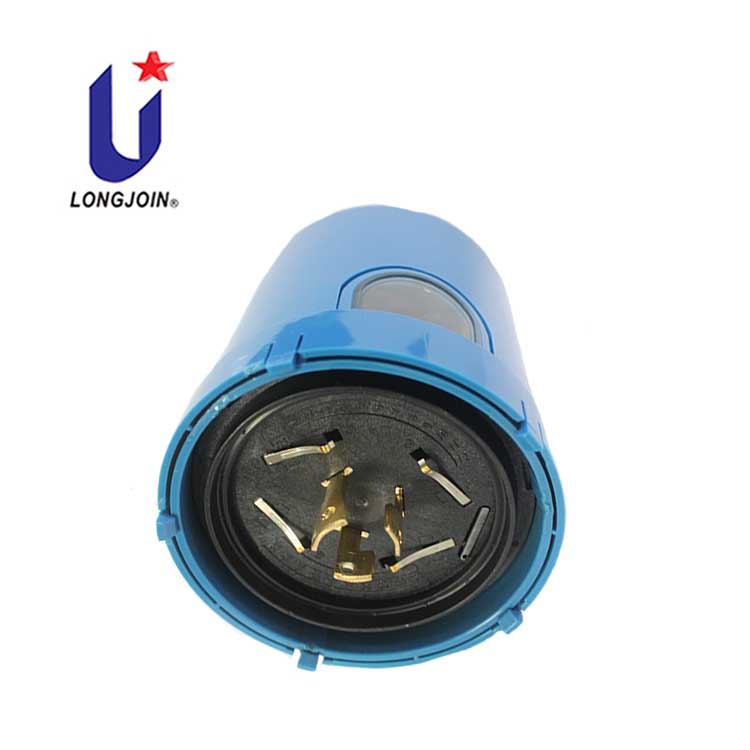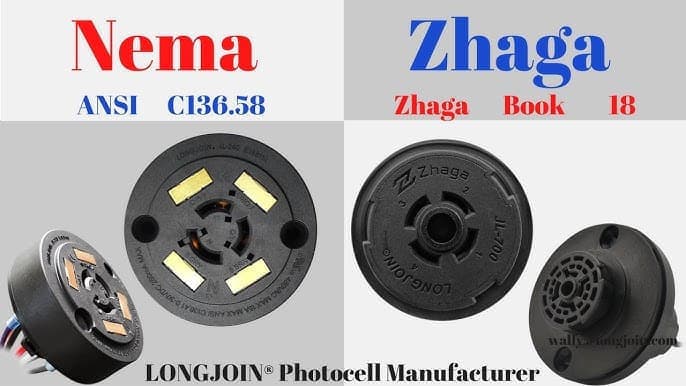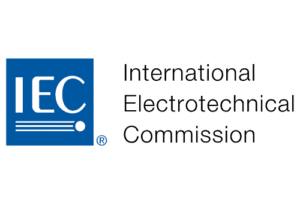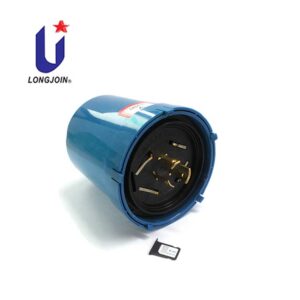Principais tendências tecnológicas em iluminação pública inteligente controlada remotamente e aplicações inovadoras de fotocélulas da Long-Join
Introduzir
Pesquisas do setor mostram que o controle remoto é um pilar fundamental dos sistemas modernos de iluminação inteligente. Cidades utilizam ZigBee, LoRa, NB-IoT e outros protocolos. Eles obtêm dados em tempo real e enviam atualizações remotas de firmware. Com um clique, podem diminuir a intensidade de luzes em grupos. Essa abordagem economiza energia. Também aumenta a segurança, reduz custos e prolonga a vida útil das lâmpadas.
Eletrônica de junção longa é um fabricante global confiável de soluções em fotocélulas. Há mais de 20 anos, incorpora essas tecnologias em seus produtos inovadores. Nossos JL-245CZ e JL-246CG As unidades utilizam controle por fotocélula e conexões sem fio. Elas tornam a iluminação remota prática, confiável e pronta para o futuro.
Por que o controle remoto é tão importante na iluminação pública inteligente?
O controle remoto em iluminação inteligente não é apenas uma conveniência — é uma necessidade para as cidades modernas. Sem ele, os operadores enfrentam custos de manutenção mais altos, detecção de falhas mais lenta e desperdício de energia. O acesso remoto permite:
- Regulação da intensidade da luz sob demanda. Economiza energia em horários de pouco movimento.
- Alertas de falhas centralizados. Melhor do que inspeções manuais.
- Agendamento em grupo. Perfeito para parques, estradas ou aeroportos.
- Atualizações OTA (Over-the-Air). Mantém os sensores de fotocélula atualizados sem a necessidade de visitas presenciais.
Benefícios do controle remoto em comparação aos interruptores tradicionais
Recurso | Interruptor de fotocélula tradicional | Sensor de iluminação fotocélula com controle remoto |
Detecção de falhas | Verificações manuais necessárias | Alertas em tempo real para o centro de controle |
Gestão de Energia | Somente ligado/desligado | Escurecimento, programação e monitoramento |
Custos de manutenção | Alto devido a visitas ao local | Inferior com atualizações centralizadas |
Flexibilidade de controle | Nenhum | Controle individual e de grupo completo |
Em resumo, o controle remoto transforma sensores de luz fotoelétricos externos de simples interruptores que acionam o crepúsculo para o amanhecer, transformando-os em nós inteligentes de uma rede urbana conectada.
Quais protocolos de comunicação são melhores para iluminação inteligente?
Escolha a maneira certa de se comunicar com clareza. É o sistema nervoso da sua rede de iluminação. Cada opção tem seus pontos fortes. ZigBee, LoRa ou NB-IoT funcionam melhor em diferentes ambientes.
- ZigBee: Ideal para layouts urbanos com espaçamento denso de lâmpadas. Ele usa um rede mesh.
- LoRa: Ideal para áreas amplas, suburbanas ou rurais com pouca iluminação. Possui longo alcance e baixo custo.
- NB-IoT: Utiliza operadoras de telecomunicações. Oferece cobertura nacional e maior segurança.
Comparação de ZigBee, LoRa e NB-IoT
Protocolo | Faixa de cobertura | Consumo de energia | Custo | Melhor área de aplicação |
ZigBee | Curto a médio | Baixo | Médio | Ruas urbanas inteligentes, campi |
LoRa | Longo (até 15 km) | Muito baixo | Baixo | Suburbanos, rodovias, zonas rurais |
NB-IoT | Em todo o país por meio de operadoras | Baixo | Mais alto | Implementações em larga escala nas cidades |
As fotocélulas inteligentes da Long-Join, incluindo JL-245CZ e JL-246CG, são construídas com compatibilidade multiprotocolo, garantindo que se encaixem perfeitamente em qualquer plano urbano.

Como os sensores fotocélulas da Long-Join melhoram o controle da iluminação?
O Long-Join combina sensores de iluminação pública fotoelétricos com algoritmos inteligentes para otimizar a iluminação. Estes incluem:
- Compatibilidade com soquetes Zhaga Book 18 e ANSI C136.41, tornando as atualizações plug-and-play.
- À prova d'água IP65 e IP67. Construído para suportar chuva, poeira e tempestades.
- Compensação de decaimento do LED. Ajusta o brilho ao longo do tempo para compensar a perda de lúmen.
- Algoritmos de escurecimento à meia-noite, reduzindo o brilho automaticamente quando o tráfego cai.
Isso faz com que nossas fotocélulas para iluminação pública não sejam apenas interruptores, mas controladores inteligentes.
Características técnicas das fotocélulas de junção longa
Recurso | JL-245CZ | JL-246CG |
Comunicação | ZigBee / LoRa / NB-IoT | ZigBee / LoRa / NB-IoT |
Classificação à prova d'água | IP65 | IP67 |
Compatibilidade de soquete | ANSI C136.41 + Zhaga | ANSI C136.41 + Zhaga |
Algoritmos Inteligentes | Decadência e escurecimento à meia-noite | Decadência e escurecimento à meia-noite |
Onde as fotocélulas inteligentes são usadas em cidades reais?
As aplicações vão muito além da iluminação pública. Fotocélulas inteligentes com recursos de iluminação por controle remoto são utilizadas em:
- Estradas principais e secundárias da cidade para segurança no trânsito
- Parques e áreas cênicas com escurecimento programado para criar um ambiente
- Zonas industriais e campi que necessitam de automação em larga escala
- Aeroportos e centros logísticos. A confiabilidade é fundamental em ambos.
Fotocélulas inteligentes que funcionam do anoitecer ao amanhecer superam os sensores mais antigos. Elas permitem controle em lote, alertas remotos de falhas e monitoramento de energia. Isso ajuda as cidades a reduzir custos e a pegada de carbono.
Quais são os desafios que as cidades enfrentam ao implantar fotocélulas inteligentes?
Embora os sistemas de fotocélulas inteligentes ofereçam imensos benefícios, muitas cidades enfrentam desafios durante a implementação. Problemas comuns incluem:
- Compatibilidade: Sistemas antigos podem não suportar tomadas de fotocontrole modernas, incluindo soquetes Zhaga ou NEMA.
- Confiabilidade da rede: Protocolos sem fio podem falhar. Alta interferência ou condições climáticas extremas podem frequentemente interrompê-los.
- Preocupações com custos: A troca de sensores fotoelétricos antigos tem um custo. Sistemas avançados exigem investimento inicial.
- Necessidades de treinamento: Os operadores precisam aprender a usar os novos painéis. Eles precisam gerenciar o software.
Principais desafios e soluções
Desafio | Impacto nas Cidades | Solução de Long-Join |
Compatibilidade de Infraestrutura | Limites de atualizações | Projetos modulares Zhaga/NEMA |
Confiabilidade da rede | Perda de sinal em áreas urbanas | Suporte multiprotocolo com fallback |
Custo da Transição | Restrições orçamentárias | Implementação escalável com opções de modernização |
Treinamento de Operadores | Atrasa a adoção | Suporte técnico e sessões de treinamento |
Ao antecipar esses obstáculos, a Long-Join ajuda os clientes a obter transições mais suaves para a iluminação inteligente.

Qual o papel dos padrões Zhaga e NEMA no projeto de fotocélulas inteligentes?
Zhaga Livro 18 e ANSI C136.41 definem dois tipos de padrões de soquetes. Eles são vitais para a compatibilidade global em sistemas de fotocélulas. Eles corrigem problemas de interoperabilidade. Dispositivos de diferentes fabricantes podem funcionar juntos, sem problemas e sem complicações. Isso evita a dependência de um único fornecedor. Ajuda as cidades a implantar redes de iluminação inteligente em larga escala com mais eficiência.
Padrões Zhaga vs NEMA
Padrão | Principais características | Melhor Caso de Uso |
Zhaga Livro 18 | Design compacto, modular e pronto para o futuro | Projetos de retrofit e internacionais |
ANSI C136.41 | Receptáculo de 7 pinos amplamente utilizado | Implantações na América do Norte |
Ao projetar produtos de fotocélulas com opções Zhaga e NEMA, a Long-Join garante que os clientes possam obter flexibilidade, escalabilidade e conformidade em mercados globais.
Como os planejadores podem escolher a fotocélula certa para seu projeto?
A seleção do sensor de fotocélula de luz correto depende do tipo de projeto:
- Novos Projetos de Cidades Inteligentes: JL-245CZ / JL-246CG com LoRa e NB-IoT
- Atualizações de retrofit: Fotocélulas modulares compatíveis com Zhaga para fácil integração
- Projetos de Exportação e Conformidade: UL773/ CE / Certificado ISO modelos
Modelos de fotocélulas recomendados por tipo de projeto
Tipo de Projeto | Modelo de fotocélula recomendado | Benefício principal |
Novas implantações | JL-245CZ / JL-246CG | Controle remoto completo e multiprotocolo |
Reforma da iluminação existente | Fotocélulas baseadas em Zhaga | Compatibilidade plug-and-play |
Projetos de Exportação Internacional | Modelos UL773 / CE / ISO | Conformidade com padrões globais |
Para mais detalhes, consulte Produtos de fotocontrole de junção longa.
Como o Long-Join oferece suporte aos clientes além dos produtos?
Na Long-Join, acreditamos que projetos de iluminação inteligente exigem mais do que apenas hardware. É por isso que oferecemos:
- Fichas técnicas e consultas técnicas para engenheiros
- Avaliações de amostra antes da implementação
- Suporte à integração do sistema para garantir compatibilidade
Fazemos parcerias com urbanistas, distribuidores e gerentes de projeto. Oferecemos soluções inteligentes de controle de iluminação feitas para durar.
Conclusão
Cidades inteligentes precisam iluminação inteligente. Economiza energia, permite o controle remoto e atende aos padrões. Os sensores fotocélulas da Long-Join e interruptores de controle de fotocélula entregar exatamente isso — confiabilidade respaldada por décadas de experiência.
Pronto para iniciar seu projeto? Entre em contato conosco hoje mesmo em junção longa ou wally@longjoin.com.
Links externos:
●https://en.wikipedia.org/wiki/Mesh_networking
●https://www.zhagastandard.org/books/overview/smart-interface-between-outdoor-luminaires-and-sensing-communication-modules-18.html
●https://www.te.com/en/products/connectors/lighting-connectors/street-lighting-controls/ansi-street-lighting-receptacles.html
●https://www.shopulstandards.com/ProductDetail.aspx?UniqueKey=30842
●https://en.wikipedia.org/wiki/CE_marking
●https://www.iso.org/certification.html





